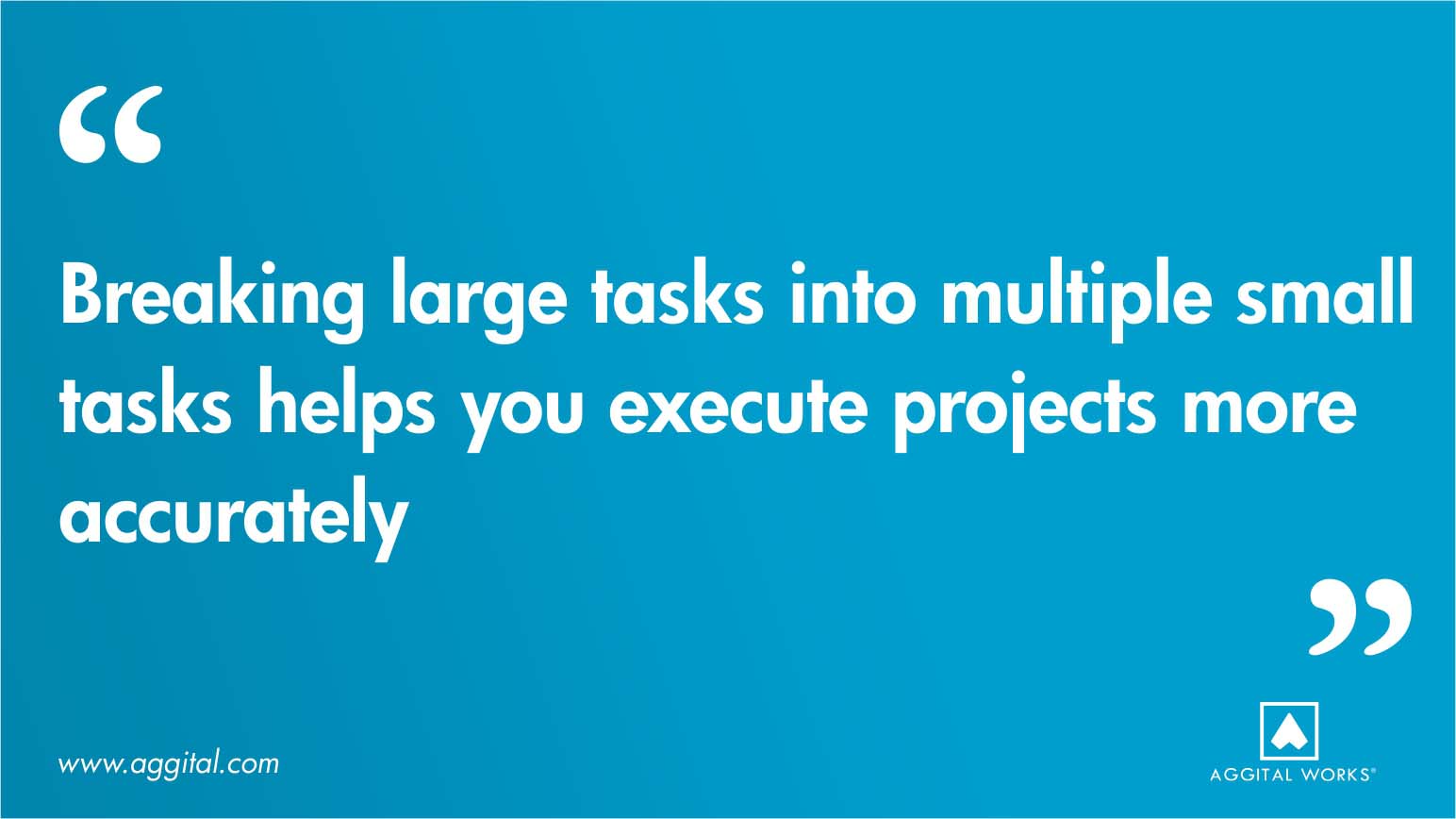Best Project Management Practices You Need To Adopt – Part 2

Exactly a week ago, we published the first part of this post which covered project management software implementation. However, this second part will cover other project management practices that can help with the execution of certain tasks.
Write A Plan
The hard part isn’t writing the plan. The hard part is doing the planning—thinking, negotiating, balancing, asking, listening, and thinking some more. Actually writing the plan is mostly transcription at that point. The time you spend analyzing what it will take to solve the problem will reduce the number of surprises you encounter later in the project.
The project plan should be no longer or more elaborate than necessary to make sure you can successfully execute the project. In some cases, a one-page plan can be enough but always write a plan.
Break Tasks Into Small Bits
Reducing tasks into smaller and more executable sizes will result in achieving miniature milestones. By doing this, you get to estimate projects more accurately and it reveals work activities you might not have thought of otherwise. Select inch-pebbles of a size that you feel you can estimate accurately.
Breaking large problems into smaller bits reveals more details about the work that must be done and improves your ability to create accurate estimates. You can track progress based on the number of inch-pebbles that the team has completed at any given time, compared to those you planned to have done by that time.

Create Planning Worksheets For Every Task
If there are any common tasks your team frequently engage in, you should have a standard planning worksheet; each checklist should include all of the steps the task might need. These checklists and worksheets will help each team member identify and estimate the effort associated with each instance of the large task he must tackle. People work in different ways and no single person will think of all the necessary tasks, so engage multiple team members in developing the worksheets.
Plan To Do Rework After A Quality Control Activity
I’ve seen project plans that assumed every test will be a success that lets you move on to the next development activity. However, almost all quality control activities, such as testing and peer reviews, find defects or other improvement opportunities.
Your project schedule should include rework as a discrete task after every quality control task. Base your estimates of rework time on previous experience. If you collect a bit of data, you can calculate the average expected rework effort to correct defects found in various types of work products.
And if you don’t actually have to do any rework after performing a test, great; you’re ahead of schedule on that task. This is permitted in all fifty states and in many other countries. Don’t count on it, though.
Identify & Tackle Project Risks
For each project, there would always be risks and if you fail to identify and tackle them beforehand, they would control you. Note that identifying the possible risk factors isn’t enough, you also need to evaluate the relative threat each one poses so you can focus your energy where it will do the most good.
[tweetshare tweet=”A risk is a potential problem that could affect the success of your project; it’s a problem that hasn’t happened yet!”]
Plan Time For Process Improvement
The project assignments are already draining enough and if you want your team to always get better at productivity, you have to invest in process improvement. One mistake team leaders make is dedicating every second into project execution, and then wonder why the team keeps having stale ideas.
Process improvement is a strategic investment in the organization: it slows everyone down a little bit for a time, but after the work is done, work gets easier and the output is greater.
Respect The Learning Curve
The time and money you spend on training, self-study, consultants, and developing improved processes are part of the investment your organization makes in sustained project success. Recognize that you’ll pay a price in terms of a short-term productivity loss—the learning curve—when you first try to apply new processes, tools, or technologies.
Don’t expect to get fabulous benefits on the first try, no matter what the tool vendor or the consultant claims. Instead, build extra time into the schedule to account for the inevitable learning curve. Make sure your managers and customers understand the learning curve and accept it as an inescapable consequence of working in a rapidly changing, high-technology field.



Comment (01)